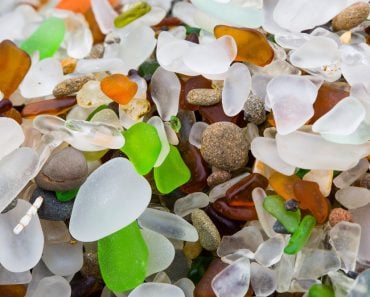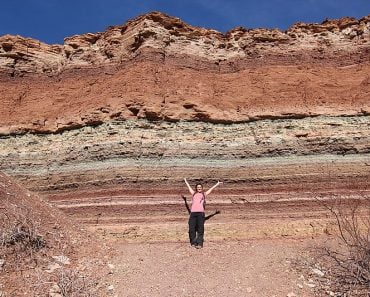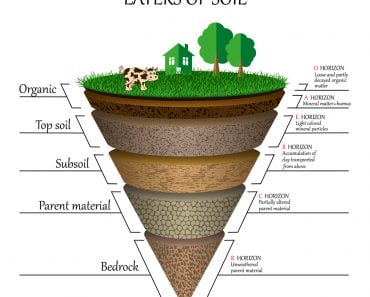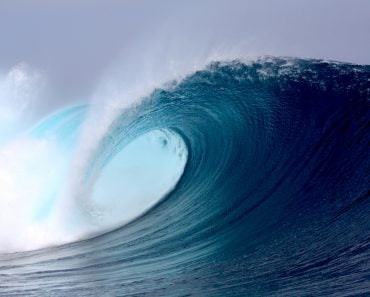Table of Contents (click to expand)
The sand on most beaches around the world is formed from the minerals quartz and feldspar. These minerals, in turn, are formed as a result of millions of years’ worth of weathering and eroding of igneous and metamorphic rocks. In addition, calcium carbonate sand, the most common type of sand found in the Caribbean region, is formed by various forms of life, such as shellfish and coral.
You can find sand on (almost) every beach in every part of the world. If you’ve ever been to a sandy beach, I bet you took a stroll with bare feet and maybe even made some sand castles. However, during any such outings, have you ever thought about where all that sand actually comes from?
Recommended Video for you:
Why Are Beaches Sandy?
Short answer: Sand on beaches around the world comes from the weathering and pulverization of rocks over millions of years, along with fragments of shelled creatures and coral and that have been deposited on the coast by the waves.
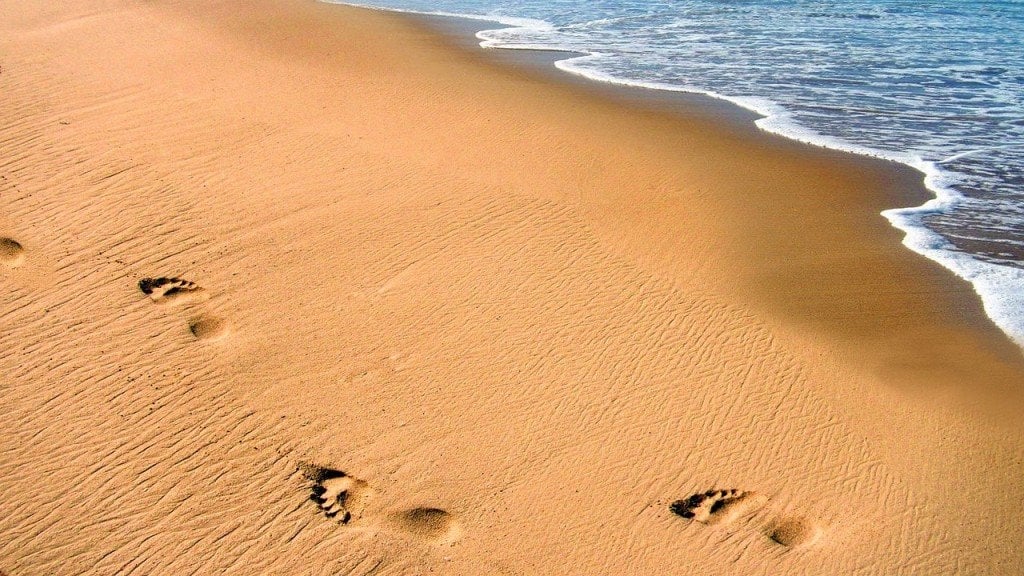
Before we get to the reason for the presence of sand on most beaches, it’s very important to understand what actually constitutes “sand”.
What Is Sand?
First off, you should know that the word ‘sand’ is used in everyday lingo to refer to a type of soil that’s found in beaches and deserts (and contains more than 85% sand-sized particles by mass); however, from a purely geological standpoint, sand is a naturally-occurring granular material that consists of rock and mineral particles that are divided/pulverized in small, very fine fragments.
An individual sand particle is referred to as a sand grain. In geology, a sand grain’s dimensions fall in the range of 0.0625 – 2 millimeters. In terms of sheer size, sand grains lie somewhere between silt and gravel.
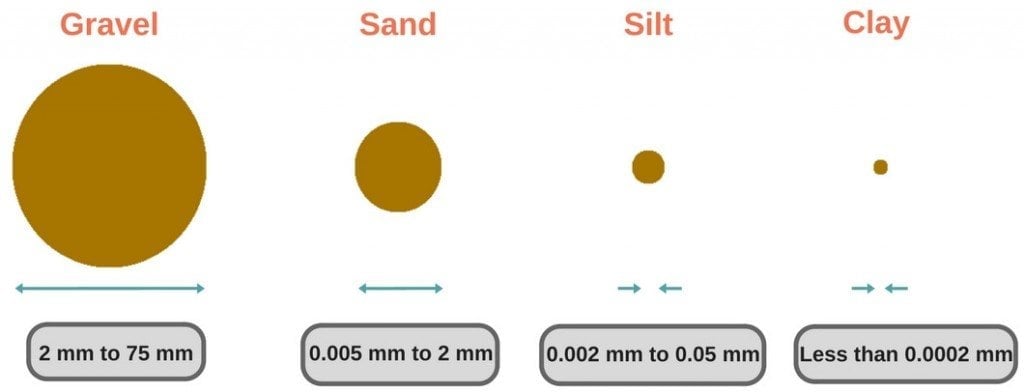
The most common constituent of sand found in inland environments is silica (silicon dioxide – SiO-2), which is usually in the form of quartz. Another very common type of sand consists of calcium carbonate (e.g., aragonite), which forms over a period of millions of years.
Why Are So Many Beaches Sandy?
The sand on most beaches around the world is formed from the minerals quartz and feldspar. These minerals, in turn, are formed as a result of millions of years’ worth of weathering and eroding of igneous and metamorphic rocks (although feldspar is also found in some sedimentary rocks).
You see, contrary to what one might believe, not all rocks are made equal when it comes to strength and durability. Some minerals are unstable and decompose, while others are more resistant to erosion and therefore more likely to persist. Quartz and feldspar are examples of such minerals. So, one way that so much sand ends up on beaches is by way of millions of years’ worth of weathering of rocks that are abundant in Earth’s crust.
In addition to that, flowing rivers also continuously erode the land (rocks and other materials), which breaks down rocks into tiny, sand-sized particles.
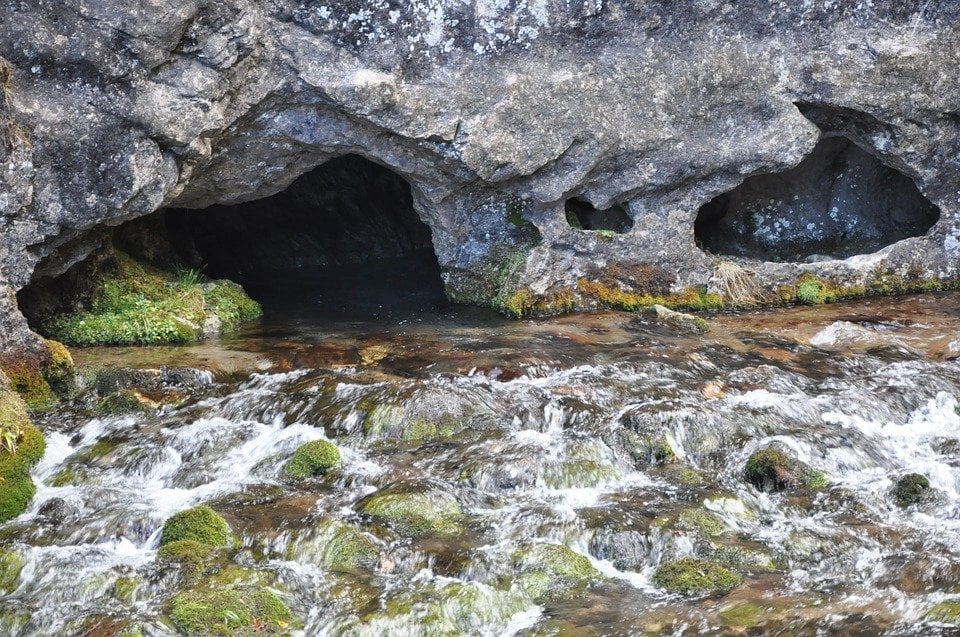
These particles are then carried away by the river, only to be deposited in the sea or ocean where it culminates. Needless to say, this process takes hundreds of thousands of years.
Aragonite, an example of the second most common type of sand, i.e., calcium carbonate, found on Earth, is formed by various forms of life, such as shellfish and coral. This type of sand – the most common type of sand found in the Caribbean region – has been formed over the last half-billion years.
You must have also noticed that not all beaches are sandy. Some are more pebbly, while certain others even feature rocks and boulders. This is because the type of sand found on a beach is mainly impacted by the size of the materials on the beach and the height (energy) of the waves. As a general rule of thumb, beaches with pebbles or coarse sand are very young, while beaches with fine sand are older.
Why Are Certain Beaches Colored?
The color of any beach, more specifically, the color of the sand on any beach, depends on the material that formed the sand (e.g., eroded parent rocks) and the local geological conditions.
The most common type of color for beaches is the characteristic light brown, which comes from the iron staining in quartz and iron oxide in feldspar, the two most common constituents of sand found on most beaches. Black-colored sand on some beaches (like Punaluu Black Sand Beach in Hawaii) is formed by the eroded basalt – lava from the volcanoes.
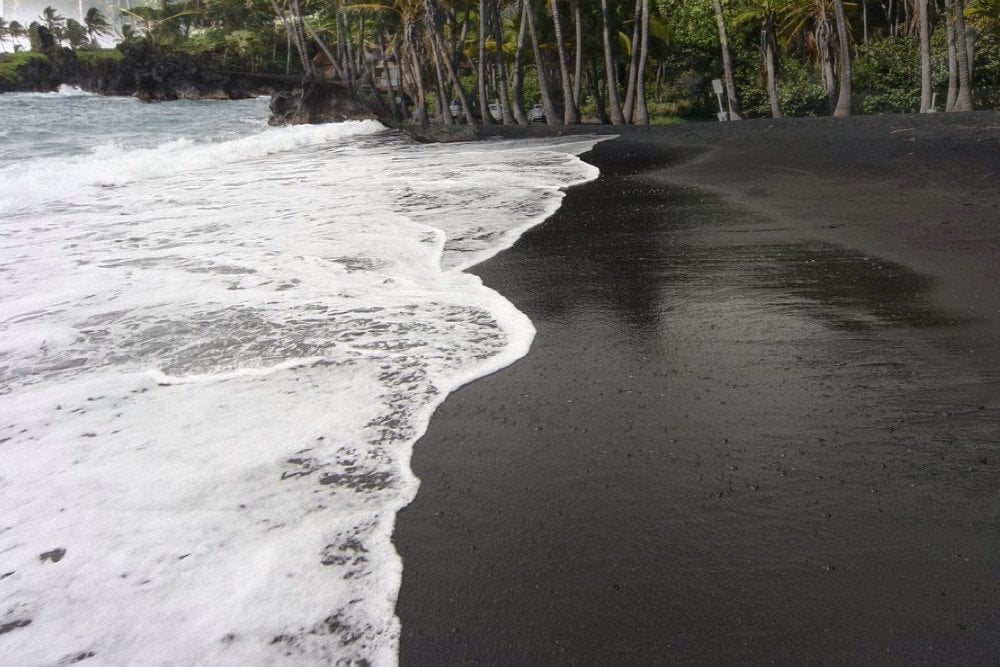
Similarly, the green color of certain beaches is attributed to an olive-green mineral called olivine, which is found abundantly in basalt in certain parts of the world.
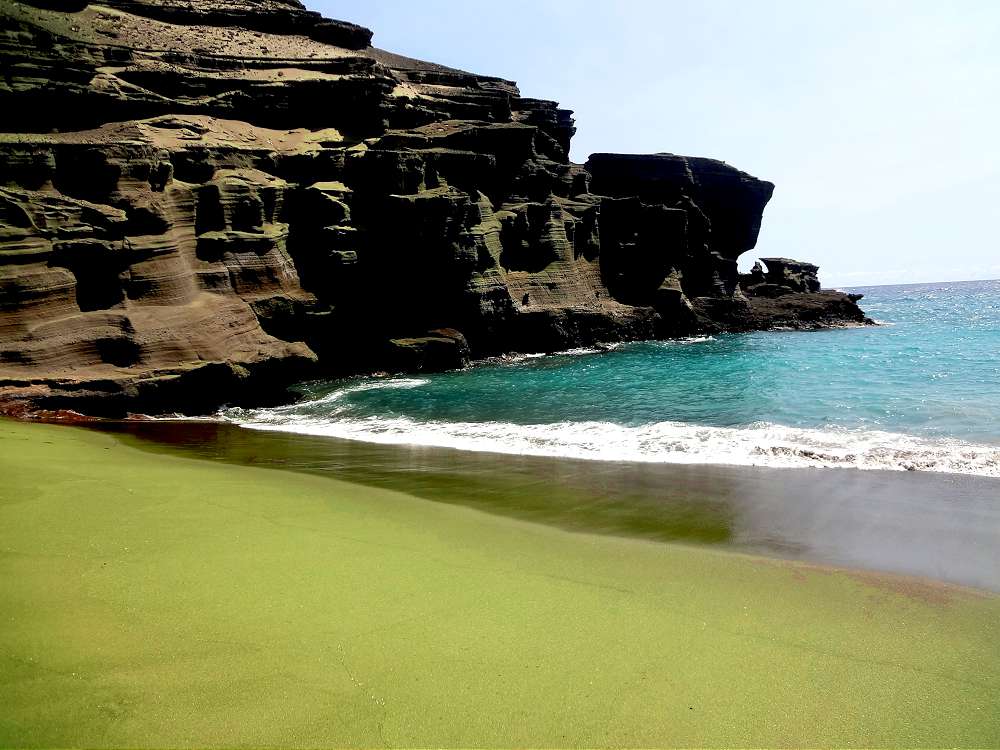
White-sand beaches owe their color to the pulverized pieces of dead coral (coral skeleton is made of calcium carbonate and is therefore white).
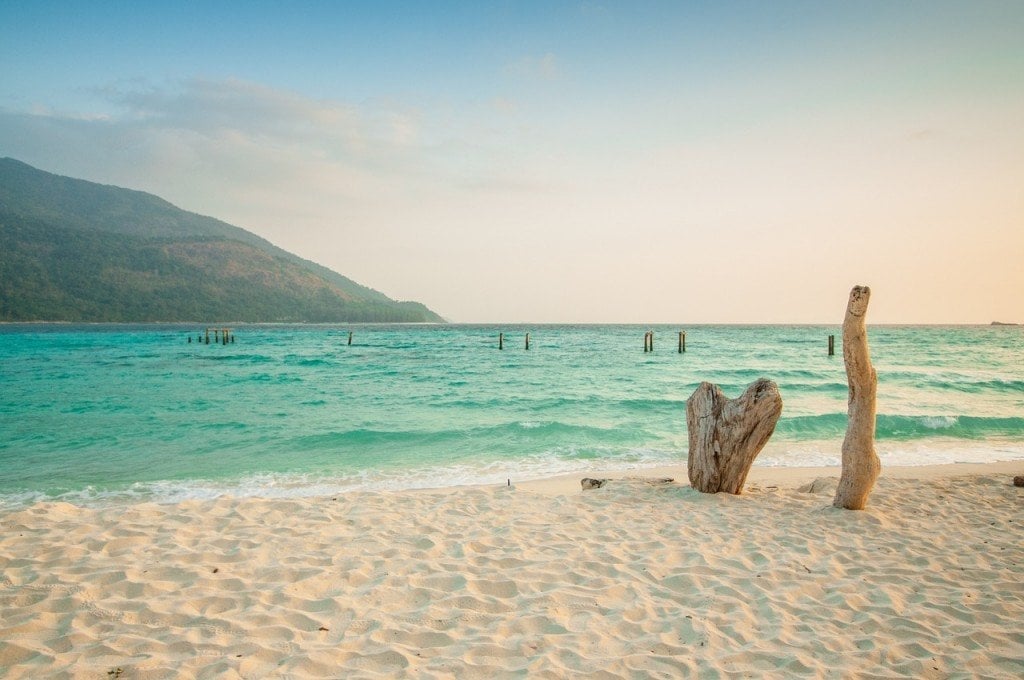
It’s often said that beaches are like fingerprints; they might appear to be similar from the outside, but when properly scrutinized, every beach is unlike any other beach in the world.


